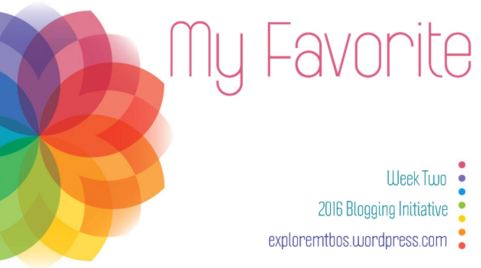Tags
#MTBoS, assessment, conversations, creativity, curriculum, instructional practice, math, problem-solving, triangulation

So “my favourite” in my math classes is really quite general: student-to-student conversation. This does not entail formal math talks per se, but activities or investigations in which we engage that naturally encourage, or even necessitate, students working together and discussing the concepts or strategies.
A lesson where I talk too much is usually a boring lesson. Even though I put on a show and extol the wonders of math and get overly excited when introducing a new topic, when I’m spending the majority of the period “on the stage”, it is somehow not as energizing as when students actively engage in an activity and take the lead. In addition, in a me-focused period I don’t get the chance to collect as much assessment data or to give as much feedback to students, so I’m often not as certain about how much learning has actually occurred.
When I step into the background and circulate in the room, listening and observing, questioning and probing, I can directly see the learning, I can record observational and conversational data, and I can provide direct feedback during the process rather than a few days later. Here are two general examples of things I do to encourage these student-to-student math conversations:
1. Daily Warm-Ups
Each day I have a warm-up exercise on the screen when students enter the room. Inspiration for this comes from Mary Bourassa who has blogged about her warmup regime here. I do something similar, where each student has a “cahier” (exercise book in English…I teach math in French) that stays in the classroom purely for warmups. Some days I do activities like Mary’s such as Estimation 180, Would You Rather, etc., and some days I do a lagging concept. For example, it could be a question based on what we did the previous day, but I like to reach back a bit further sometimes and select something that we looked at two or three days before.
While students are working on the question, I circulate and select a group of students each day. Depending on the question and what they are doing, I sometimes just observe their process, sometimes I listen to their conversation, or I engage them in a conversation by asking questions such as: “How do you know that your answer is correct?”, or “Can you explain your process to me?”. From there I record a level for each student I observed or conversed with for that overall curriculum expectation. At the end of a unit of study, I look through their cahiers at all of their solutions and provide written feedback as well.
2. Group Challenges/Manipulatives
This one really forces the students to interact because they have a common goal to reach with their group. I like giving them something to touch and move around to elicit the conversation. Some examples:
- for exponent rules, I have matching cards with the original and simplified expressions
- for solving linear systems by substitution, I have cards that have different steps of the solution that they need to put in order
- for factoring and expanding, I like to give them algebra tiles to physically create the rectangle
- for word problems, I give the problems on cards, the unlabelled diagrams on cards, and the solutions on cards, and students need to match the three by completing the solutions
Again, these activities always seem to initiate student-to-student talk, usually within the mathematical processes, as students try to prove to each other that their answer is correct, or explain their thinking, or suggest a process to complete the challenge.
So in very general terms, these types of activities are my favourite activities in my math classes. Especially when teaching math in French, getting students to speak about the concepts in the target language is key for both the development of their understanding of the math, and the development of their second language skills.
I enjoy hearing students talk about math too, and I like your idea about manipulatives. I don’t have much experience teaching with manipulatives, and I’m more of a visual than physical learner – but my students would appreciate moving things around!